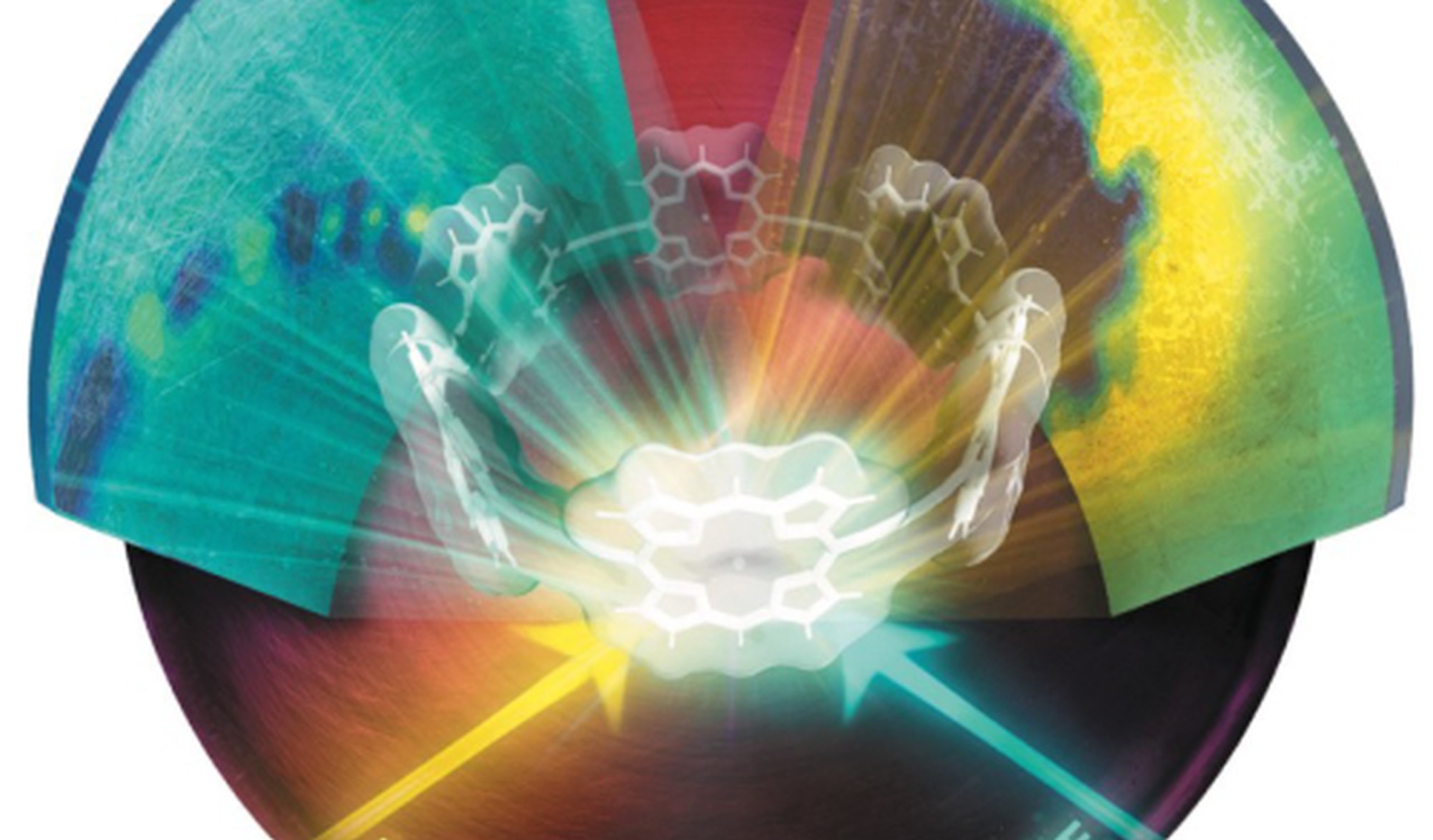Aromaticity and magnetic properties in large conjugated rings

Chemistry Internship
Type of Project: Theory
Location: Donostia
Supervisor:
Eduard Matito
Miquel Torrent
miqueltorrentsucarrat@gmail.com
Eloy Ramos
Quantum Chemistry Development Group (webpage)
Aromaticity is one of the most important concepts in chemistry, and it is associated with cyclic electron delocalization (or conjugation) in closed circuits giving rise to bond-length equalization, energy stabilization, large magnetic anisotropies, and abnormal chemical shifts, among other well-known effects. Density functional theory (DFT) is the usual method of choice to perform a computational study of large size aromatic systems, due to the good accuracy/computational cost balance of KS-DFT computations. However, among the well-known problems of density functional approximations (DFAs), the delocalization error (DE) stands out as it affects many phenomena: it yields incorrect asymptotics for dissociated charged molecules, fractional charges when dissociating a polar bond, too low barrier heights, underestimating charge-transfer excitations, small band gaps, and too large linear and nonlinear optical properties, among other catastrophes. DFAs suffering from the delocalization error provide too low energies for a fractional number of electrons but also affect regular calculations employing an integer number of electrons, manifesting through over-delocalized electron densities. A practical consequence of the DE is the overestimation of aromaticity. In a recent project, we have shown that the study of aromaticity and other molecular properties in large conjugated rings such as nanorings is strongly affected by the amount of DE present in the DFA [1,2]. Consequently, hybrid functionals such as B3LYP tend to provide optimal geometries that are too symmetric, exaggerating electron delocalization over the ring, and overestimating the aromatic character of the system. These results opened a new research line for our group to study conjugation and electron delocalization in large circuits.
In this work, the candidate will learn how to quantify aromaticity using computational chemistry. She/He/They will get acquainted with concepts like electron delocalization, delocalization error, aromaticity in large macrocycles, as well as the electronic and magnetic aspects of aromaticity. From this knowledge, she/he/they will explore in detail the relationships between electron delocalization errors and electronic and magnetic measures of aromaticity in several large macrocyclic structures.
The candidate should have a basic knowledge on quantum chemistry (assumed in physics and chemistry BSc. students), and be eager to learn the basics of electronic structure theory and DFT.
1. Irene Casademont-Reig, Eloy Ramos-Cordoba, Miquel Torrent-Sucarrat, Eduard Matito, "How Do the Huckel and the Baird Rules Fade Away in Annulenes", Molecules, 25, 711 (2020).
2. Irene Casademont-Reig, Raúl Guerrero-Avilés, Eloy Ramos-Cordoba, Miquel Torrent-Sucarrat, Eduard Matito; "How Aromatic are Molecular Nanorings? The case of a six-porphyrin nanoring", Angew. Chem. Int. Ed., 60, 24080 (2021).
